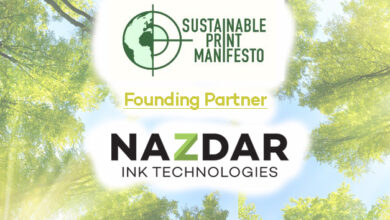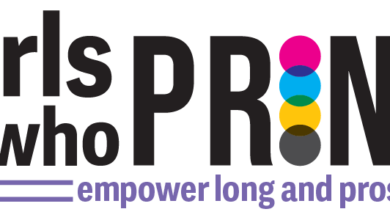Dear print service providers, I’ve walked in your shoes and understand your unique challenges. Let’s tackle a few of them together.
I recently completed an audit for a client who had been determined to enhance their customer relevance for months. What a noble aim! But one obstacle kept getting in the way — slow production. It’s taxing to stay relevant when customers aren’t receiving their projects on time.
So, I prompted a detailed meeting with the owners and leadership team (individually). I noted that everyone was willing to point the finger at production for lack of updates on the job board, spotty communication, no organization, quality issues, and inexcusable missed deadlines.
Well, that’s settled then — it must be solely a production problem, right? Wrong!
Stay with me here. It gets better!
I met with each production team member, asking them predefined, specific questions. I also gave them a safe space and the freedom to enlighten me as to why the production department was viewed as the reason their for their company’s woes. Ouch, did I get an earful.
Let me start with this: If you change how you look at things, the things you look at will change!
When your company’s spine is not in alignment, it is painful. Your company will continue to suffer unless you make much-needed adjustments. But first, you need to see it.
With the owners and leadership team members, I walked through the loopholes captured through my one-on-one conversations with their production staff.
The problem
Job jackets: Detailed information required for project is continually omitted (e.g., sizing, quantity, single-sided or double-sided, substrate details, cutting specifics, packaging requirements, complete by date, delivery instructions, and more).
Only complete production details will ensure delivery timelines, allowing your facility to run smoothly. Otherwise, a rush project will be felt throughout the in-line projects, leading to miscommunication, quality issues, and late delivery.
Proof approval: The original delivery date can be affected when the customer is late approving a proof for production, because it is held up in the front office.
Change orders: If production is halted due to a customer’s change order request, often an alternative delivery date is not provided to the customer for approval (or even mentioned), so the original delivery date is still in effect with no consideration of production timelines for other projects.
Prepress & design: When incorrect print files are given to production (e.g., sizing, cut-file setup, incorrect bleeds, and even typos), the result is wasted time and expensive materials.
The solution
Pre-project meetings: When appropriate, conducting a pre-project meeting of complex and sizeable projects is valuable. Production staff will look at the project from a hands-on and collaborative perspective rather than administrative. It is best to have their input to avert unforeseen problems and concerns. They know their equipment capabilities, understand the team’s skills, and have an advantage that can save money, time, and headaches.
Post-project meetings: Also, when appropriate, conducting a post-project meeting is invaluable because it engages employees to suggest how the project could have saved time and money. More importantly, the greatest reward is the opportunity to better understand your employees’ passions, teamwork capabilities, trade expertise, thought processes, mindsets, leadership potential, and communication skills.
Accountability: When we accept responsibility, we incorporate honesty and ethical conduct into our actions. We must recognize that other team members’ performance depends on the results of our work.
For owners
Let’s take a mental road trip here. Buckle up!
When you decided to become an entrepreneur, you might have been skeptical about making it. Maybe people told you that you wouldn’t be successful because you didn’t have what it took. I hope that doesn’t sound familiar, but if it does, then revive that passion, that stick-to-itiveness, and that glow in your eyes that pushed through the unfamiliar to get to the familiar.
Please get back to the basics with your business. You know, like when you cared about your employees and your employees cared about you, and how you valued your customers and they valued you. What a great feeling!
Don’t just sit behind the desk. Mingle with your employees so you can see what they see and feel what they feel. Your company will be better for it.




